- Joined
- Oct 16, 2019
- Messages
- 6,587
That didn't take long.
I’m more experienced this time around
And have a better network of machinist friends
That didn't take long.
And have a better network of machinist friends
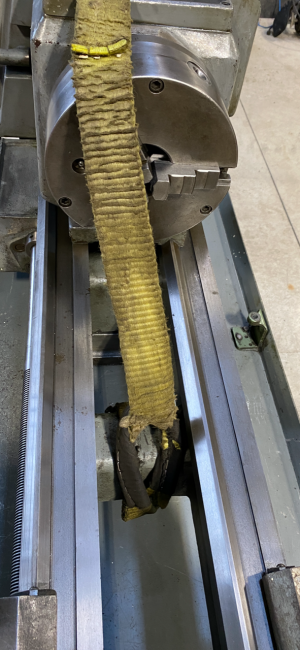
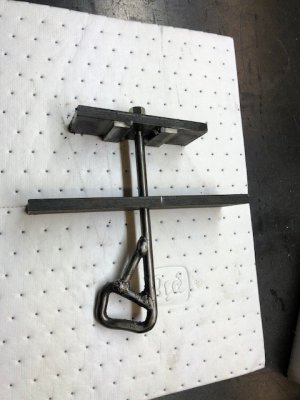
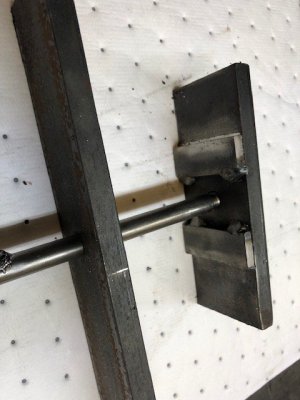
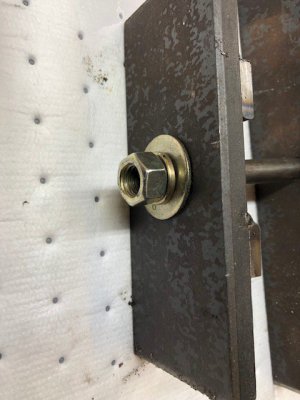
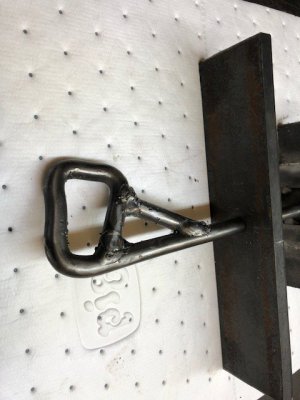
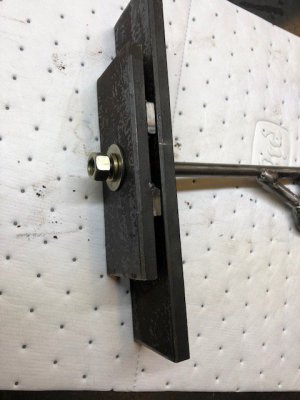
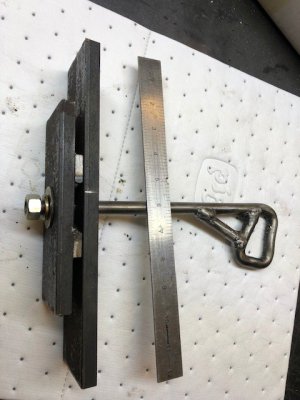
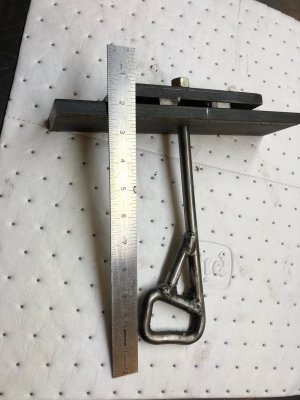
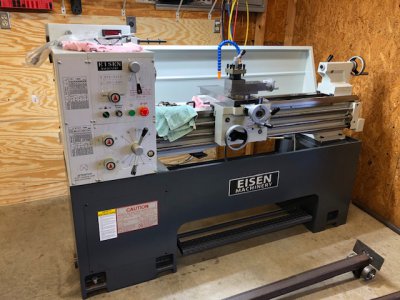
Another way is to fabricate a bracket that fits under the bed and can be moved forward or backward to find the balance point.
View attachment 444243View attachment 444244
Thanks for the observations and advice, it is appreciated.I promise I'm not saying this to be mean, but the reason it wanted to tip over is because you were lifting it the wrong way. That method was lifting from below the bed, so all the weight was higher than the lifting point. There was nothing to prevent it from tipping sideways as you found, but it could have also rotated parallel to the strap and crashed headstock end down as well. I only mention this because you might have to lift it again, and because lots of people read threads like this and time and again I see threads about moving lathes and it's being done wrong (I've killed a lathe and don't want others to experience that).
If you have to lift it again, wrap the strap around a cross brace, then back through itself so the strap is a choker and self-tightens. That will move the lift center closer to the top of the bed and while it will be able to swing in any direction, it can't tip or roll and you can stabilize it literally with one hand. Move the tailstock and apron left/right to get it as level as possible then lock both in place. Use the actual carriage lock just in case you get a bump...I failed to do that once and a big bump caused a shaft in the apron to bend when the loader operator banged the cabinet into the trailer and the carriage slid into the headstock.
If there isn't a cross brace that will work, you can chocker a strap around the bed perpendicular to the length, just make sure it's not putting pressure on the lead screw. On many lathes you can run the strap between the lead screw and the bed and it won't make contact, but on some you have to put a block of wood above the lead screw to push the strap out. It's easy enough to lift an inch or two and see if you need to move the strap in/out for balance. It's not quite as secure as around a cross brace, but pretty close....self tightens.
I wasn't lifting the lathe, just put a strap on to take a picture for another similar thread. On some lathes you might have to run two straps like this...one near the headstock and one closer to the tailstock, and then have both go to the crane. I have to do that with my Logan because of where the cross braces are and the fact it's very heavy for the short length. If I use the brace closest to the headstock the tailstock is way too low. If I use the second from the headstock the tailstock is way too high. If I use both it comes up level.
View attachment 444236
